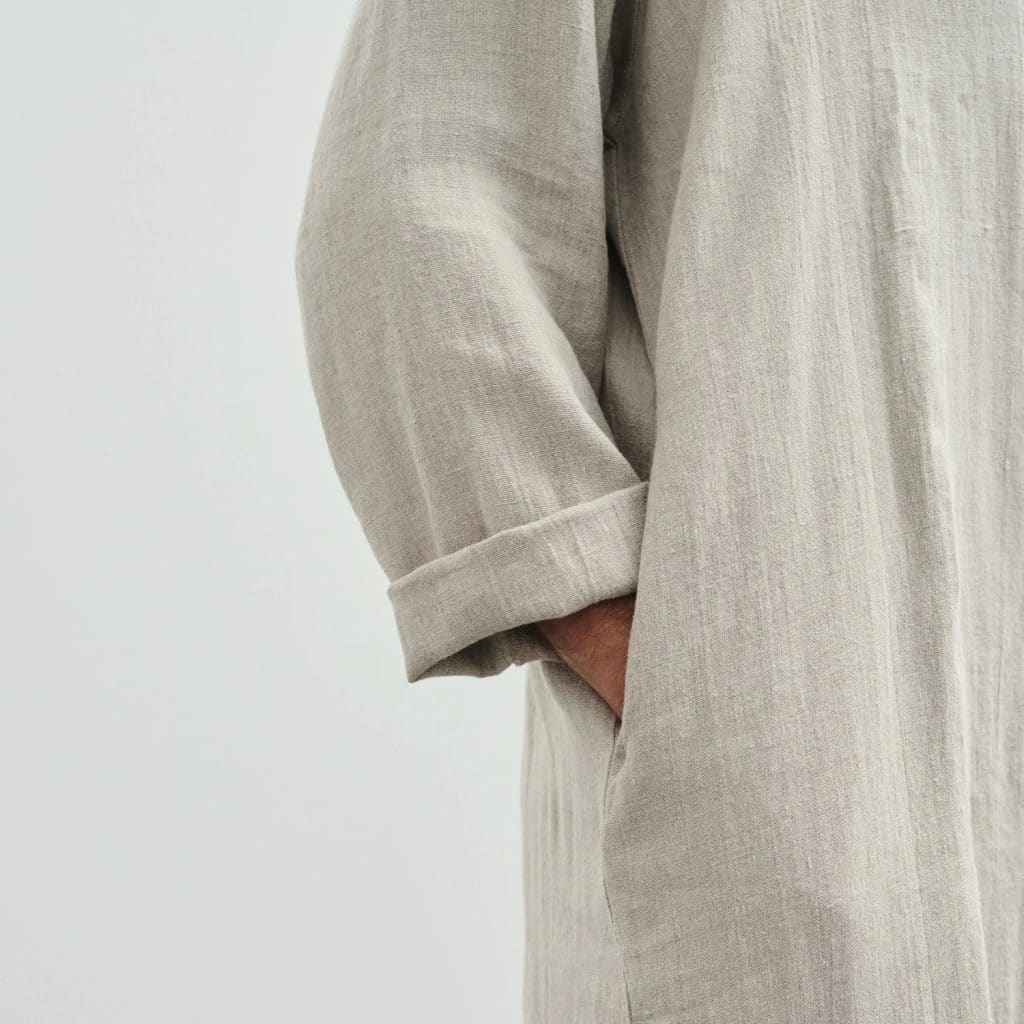Flax and linen are often used interchangeably, but they are not the same thing. While both are derived from the flax plant, they represent different stages of processing.
Flax refers to the entire plant, including the stalk, leaves, and flowers. It is a versatile crop that has been cultivated for thousands of years for its fiber, seed, and oil. The fiber obtained from the flax plant is what is used to make linen fabric.
Linen is the fabric woven from flax fibers. It is a natural, breathable, and durable fabric known for its soft texture, luster, and strength. Linen is often associated with luxury and elegance, and it is a popular choice for high-quality clothing, bedding, and home decor items.
The Process:
- Harvesting: Flax plants are harvested when the stalks are mature and the seeds are ripe.
- Retting: The stalks are bundled and soaked in water to loosen the fibers from the woody core.
- Scutching: The retted stalks are beaten and scraped to separate the fibers from the woody material.
- Hackling: The fibers are combed to straighten and align them.
- Spinning: The fibers are spun into yarn.
- Weaving: The yarn is woven into fabric.
Key Differences:
- Plant vs. Fabric: Flax is the plant, while linen is the fabric made from its fibers.
- Process: Linen undergoes several steps of processing, including retting, scutching, hackling, spinning, and weaving.
- Texture: Linen is known for its soft, smooth texture and a slight sheen.
- Durability: Linen is a durable fabric that can withstand frequent washing and use.
- Breathability: Linen is highly breathable, making it a comfortable choice for warm weather.
- Wrinkling: Linen is prone to wrinkling, but this is often considered part of its natural charm.
In conclusion, flax and linen are closely related but distinct terms. Flax refers to the plant, while linen is the fabric made from its fibers. Understanding the difference between these two terms can help you appreciate the unique qualities of linen and make informed choices when selecting linen products.

